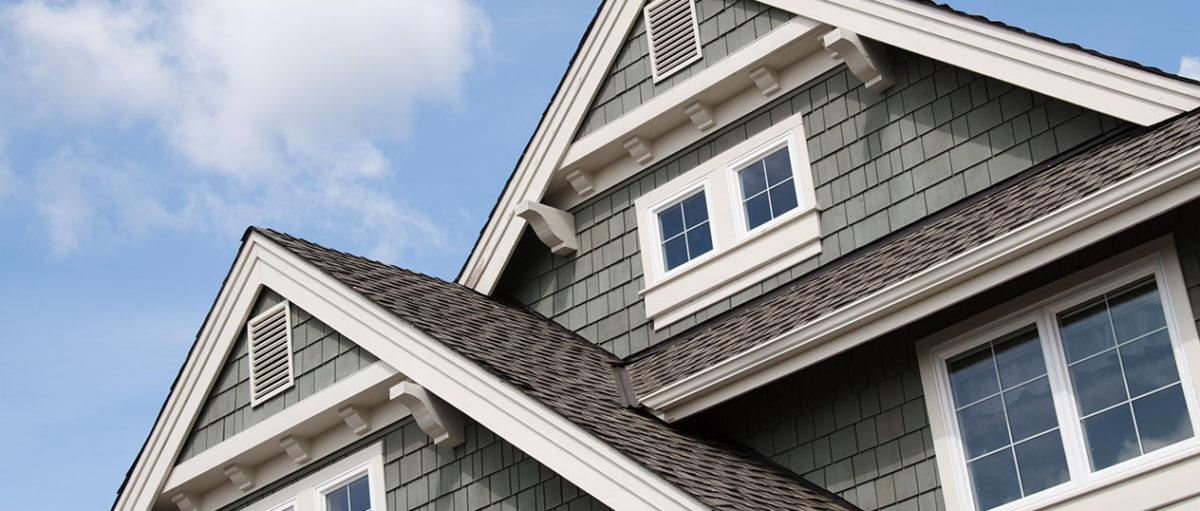With so many acronyms in the mortgage world, it can be hard to keep track of what’s what—and which ones you actually need to know. Take it from us, PMI is definitely one that’s worth unpacking.
So, what is PMI?
What is PMI?
PMI stands for private mortgage insurance. If you’re taking out a conventional loan and you put less than 20% down you’ll likely be required to pay this fee through your lender. PMI is typically a monthly premium, but you can also opt to pay it off up front instead (more on that later).
What is mortgage insurance? Is there a difference between mortgage insurance and PMI?
Mortgage insurance has the same function as PMI—the difference is the insurance company. Since conventional mortgages aren’t backed by a government agency, the insurance won’t come from a government agency, either. Your lender will work with a private insurance company instead, and that’s how we get the “private” in private mortgage insurance.
PMI FYI: Other loan types have their own versions of mortgage insurance, like mortgage insurance premiums (MIP) for FHA loans. Some—like VA loans—won’t require mortgage insurance at all.
Why do I need PMI?
Private mortgage insurance protects your lender, not you, if you stop making payments on your loan. You can still benefit from PMI though! Paying PMI means you could qualify for a home loan that you wouldn’t be able to otherwise, because you won’t have to wait until you can make a larger down payment.
How much does PMI cost?
The average annual cost of PMI is between 0.58% and 1.86% of your loan amount. The exact amount you end up paying for mortgage insurance depends largely on your credit score (higher credit score equals lower PMI) and down payment (the more you put down, the lower your PMI). Other factors that could potentially impact your payment include:
Loan Amount
If you take out a larger loan amount, you can expect to pay more for PMI as well.
Occupancy
If the loan is for your primary residence, your PMI will be lower than if you were taking out a mortgage for an investment property or vacation home.
Mortgage Type
With a conventional loan, you’ll have a choice between a fixed rate or adjustable-rate mortgage. In a fixed-rate mortgage, your payment will stay the same each month, right up until your mortgage is paid off or you refinance your loan.
In an adjustable-rate mortgage, your monthly payment changes over time. You could start out with lower payments for a fixed period, but after that window your interest rate will likely change. This entails more risk for your lender than a fixed rate, so your PMI will probably be higher.
How can I get rid of PMI?
When it comes to avoiding that monthly fee, there are a few routes you can take.
Put 20% Down
With a conventional loan, PMI isn’t required if your down payment is 20% or more of the purchase price.
Pay it Up Front
While this is still technically paying for PMI, you might save overall by paying off your PMI up front. If you plan on living in your home for at least three years, this could be a great option to avoid the additional interest charges on your PMI bill. If you think you’ll be moving (or refinancing) before then, it will most likely be cheaper to pay in monthly installments.
Refi After Building Equity
We get it, a 20% down payment isn’t doable for everyone. The good news is that over the life of your mortgage, you’re building equity (equity is how much of your home you actually own). So, after you’ve built up 20% equity in your home, you can refinance your loan and qualify to drop your PMI.
How do I get PMI?
This is the easy part! If you’re required to pay PMI, your lender will make the necessary arrangements before closing. While a dependable lender will go over all the options with you regardless, make sure you get the full breakdown of what your PMI will cost, your payment options, and the timeline for when you may be able to drop it.
Is there anything else I should know about PMI?
Your homeownership journey is unique, so your PMI needs will be too. There’s no one-size-fits-all answer to the question “What is PMI?” but now you know the fundamentals of private mortgage insurance and can start your purchase or refi process confidently. And if you have questions along the way that we didn’t answer here, our friendly loan originators are always available to help.
You can avoid paying PMI by making a down payment of 20% or more when you purchase your home. You may also be eligible to drop PMI when you refi your mortgage.





